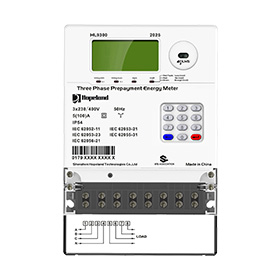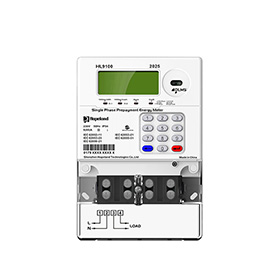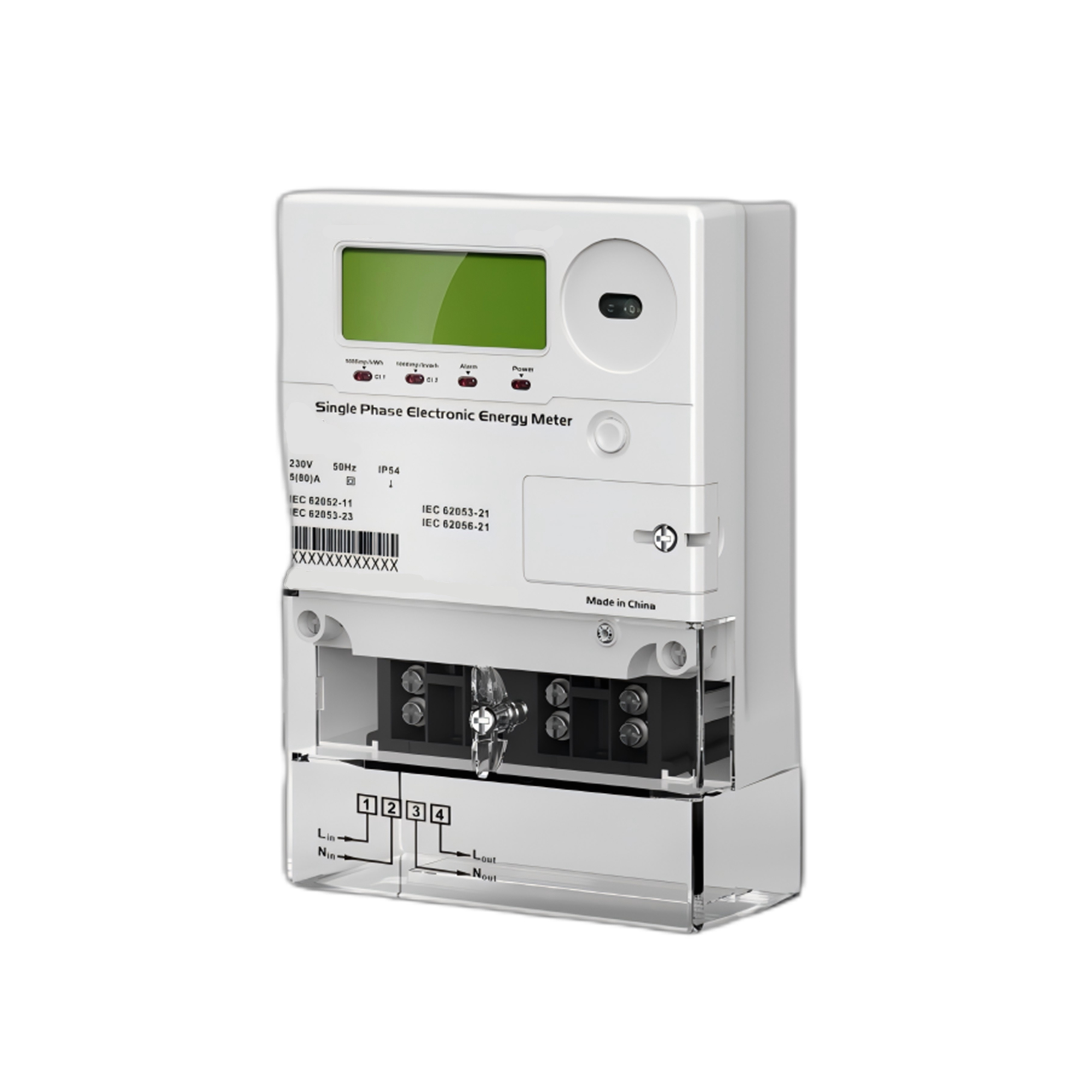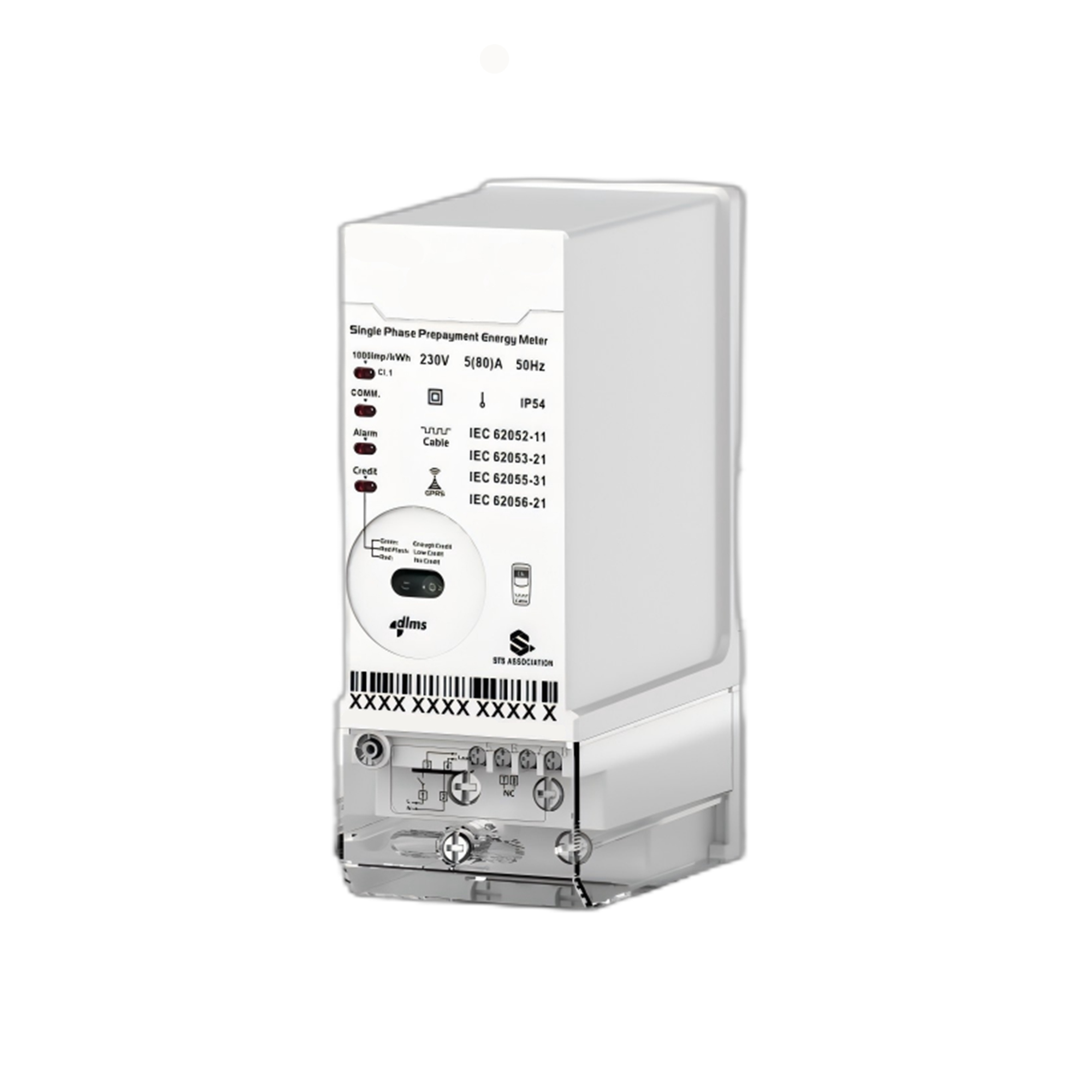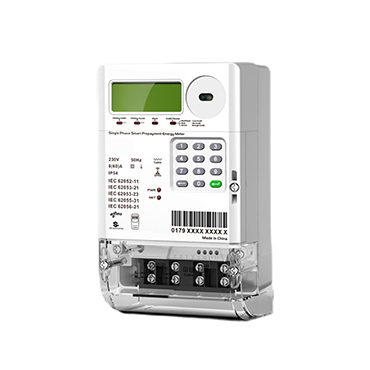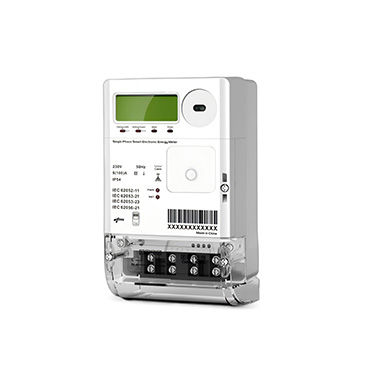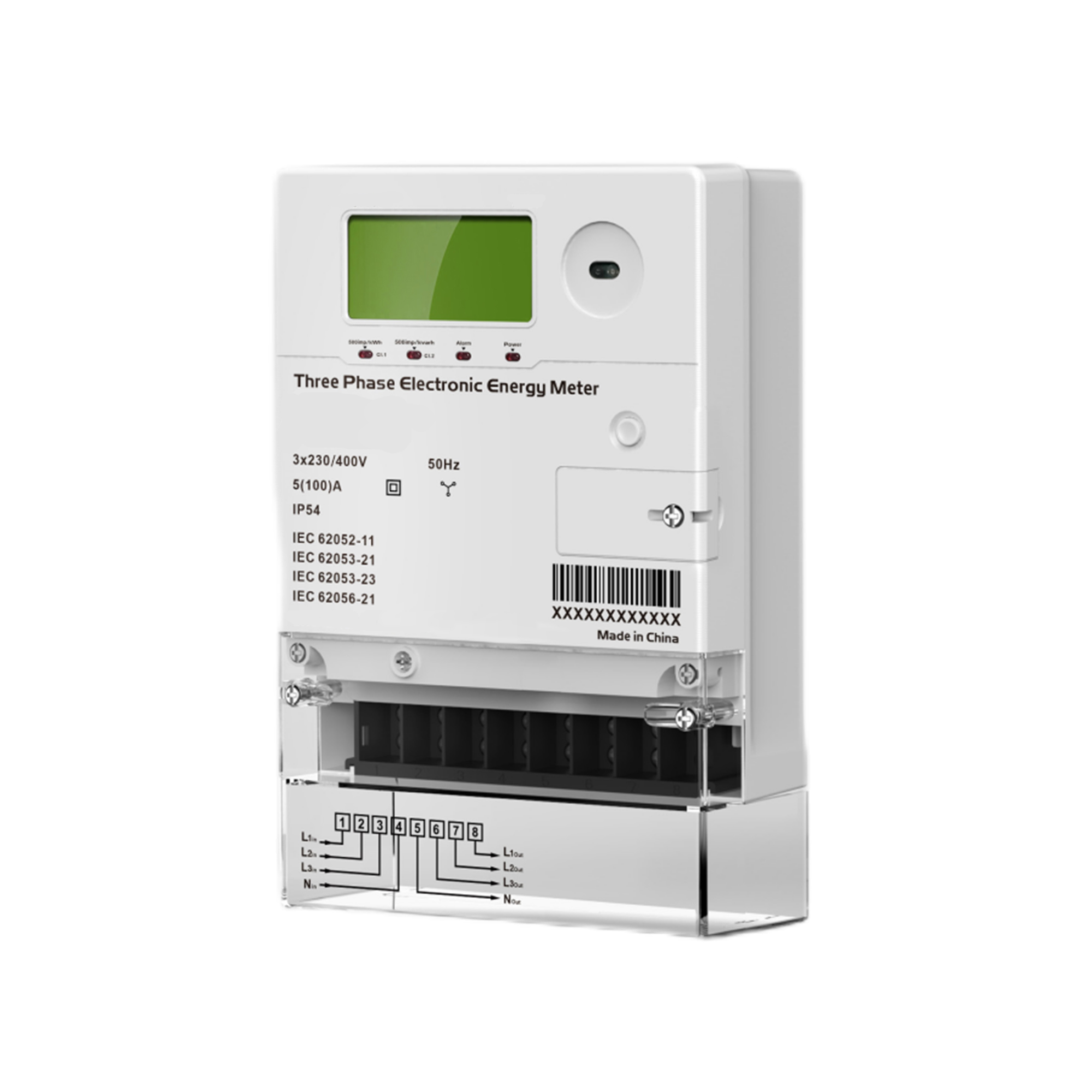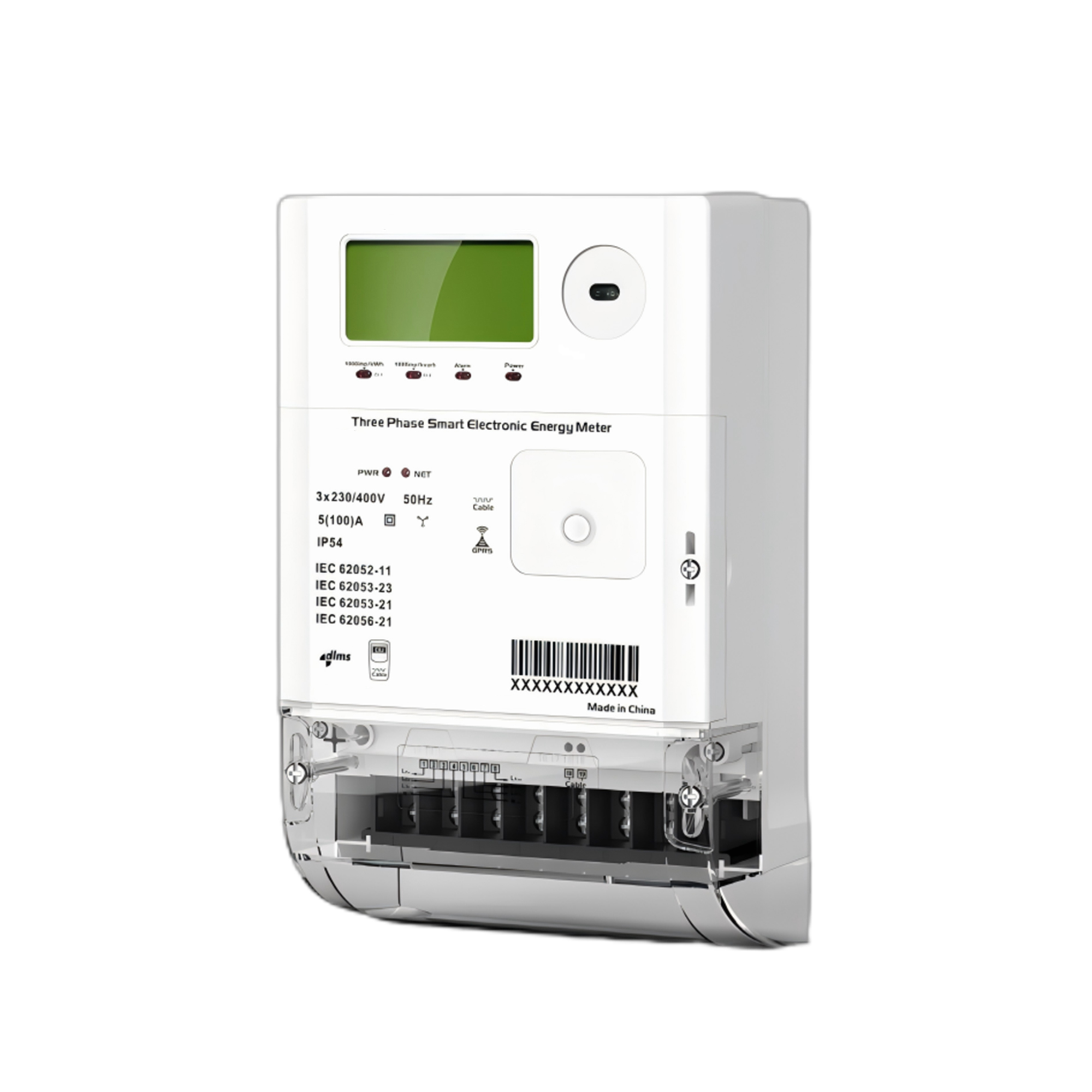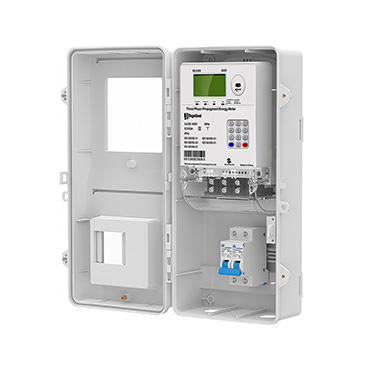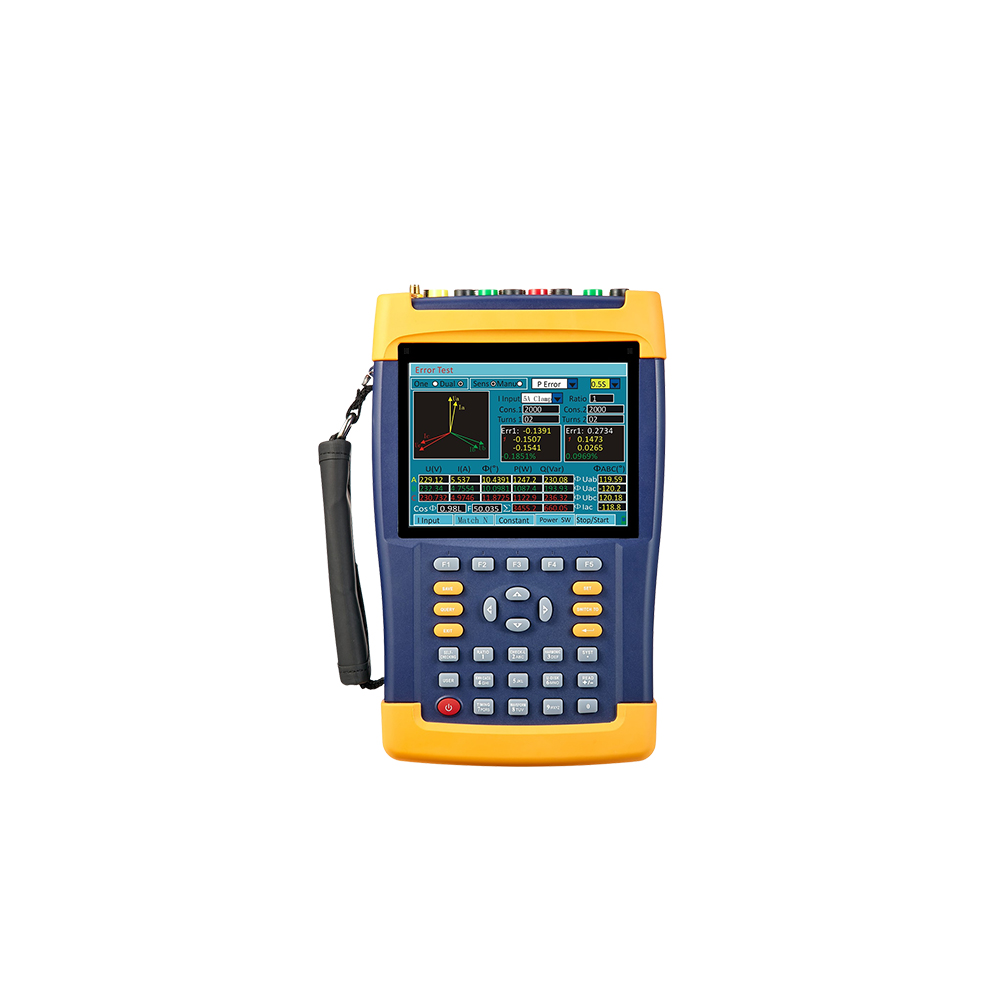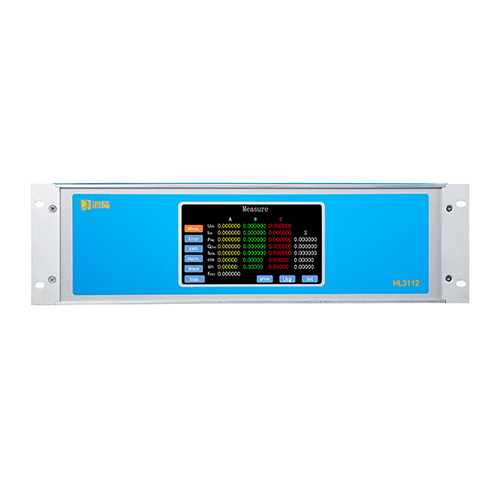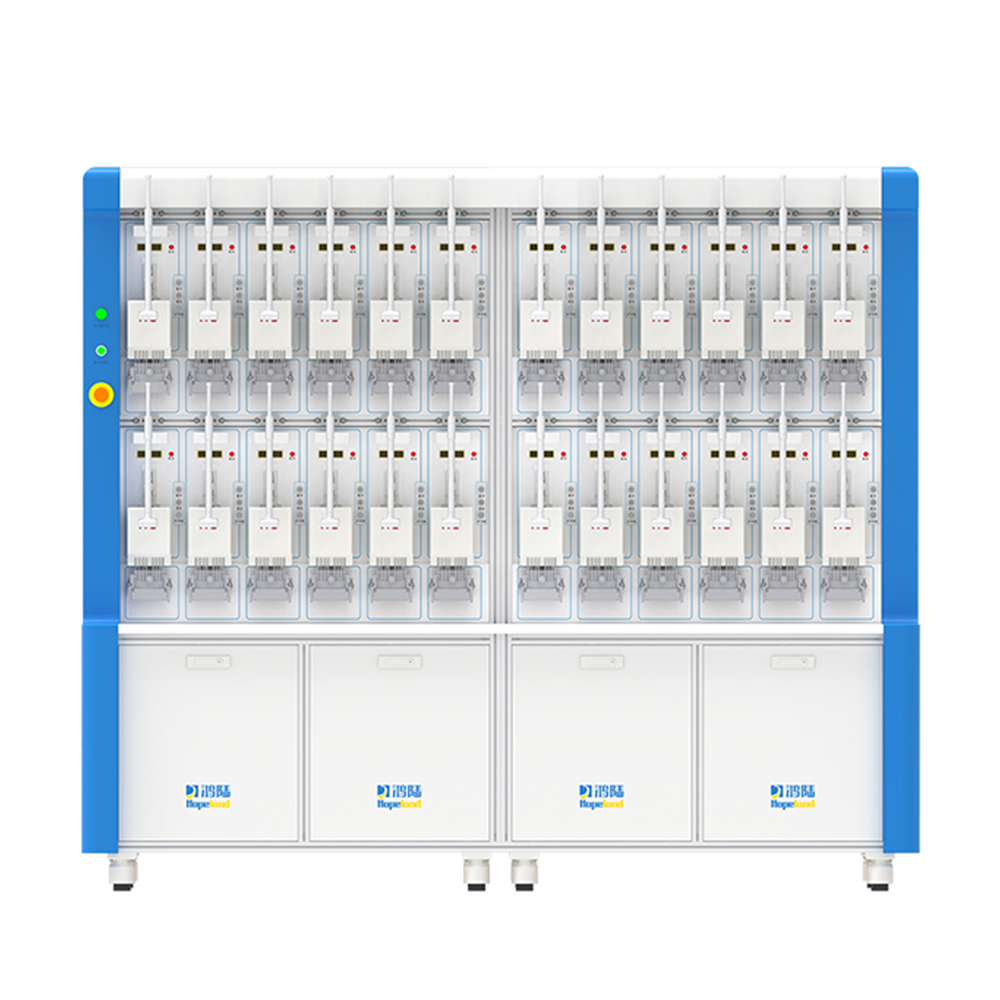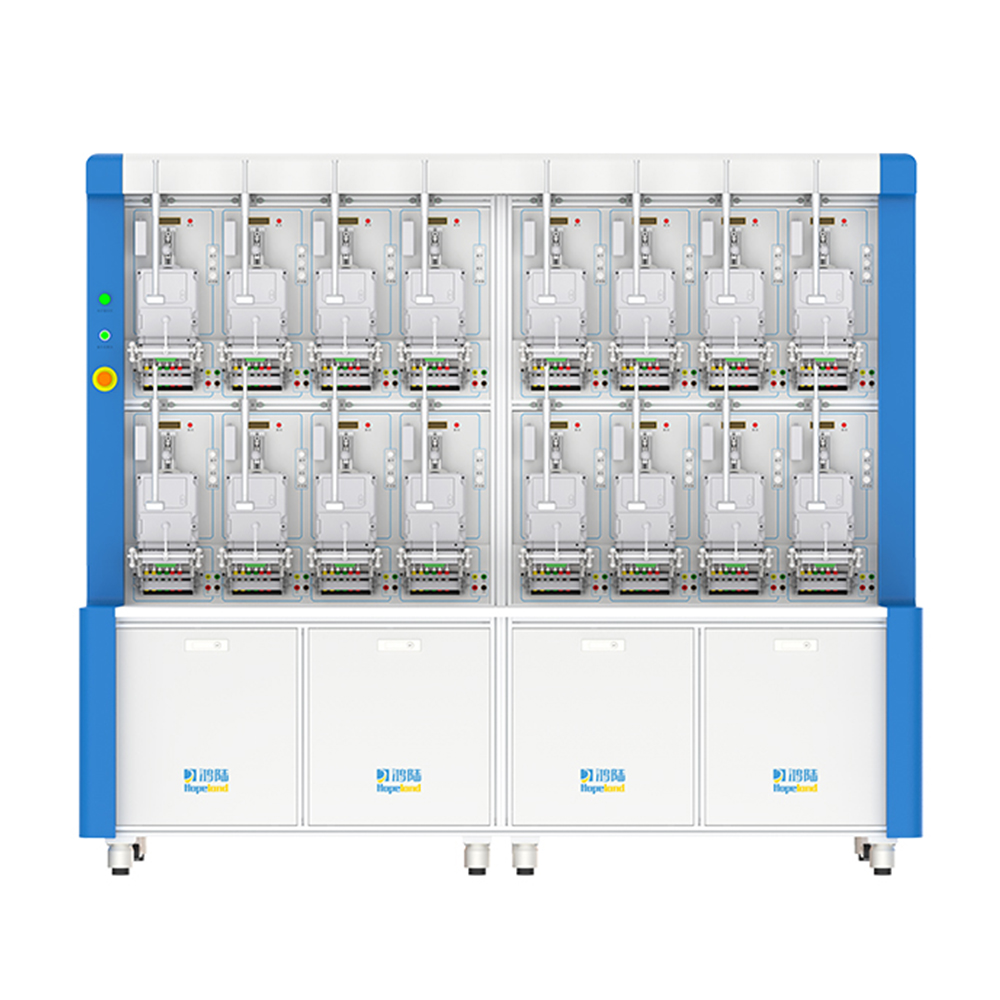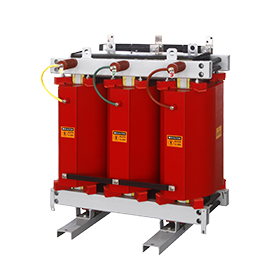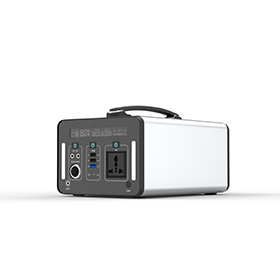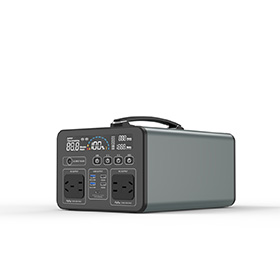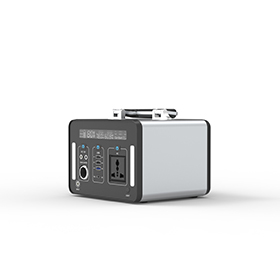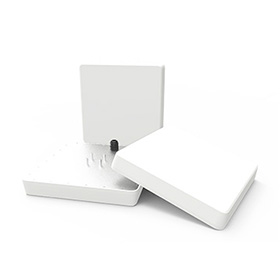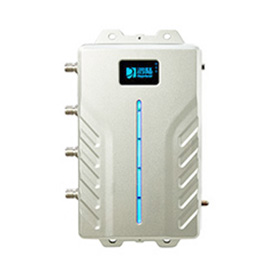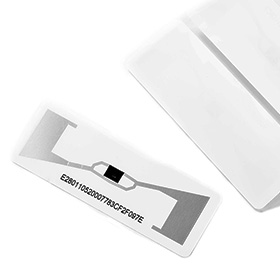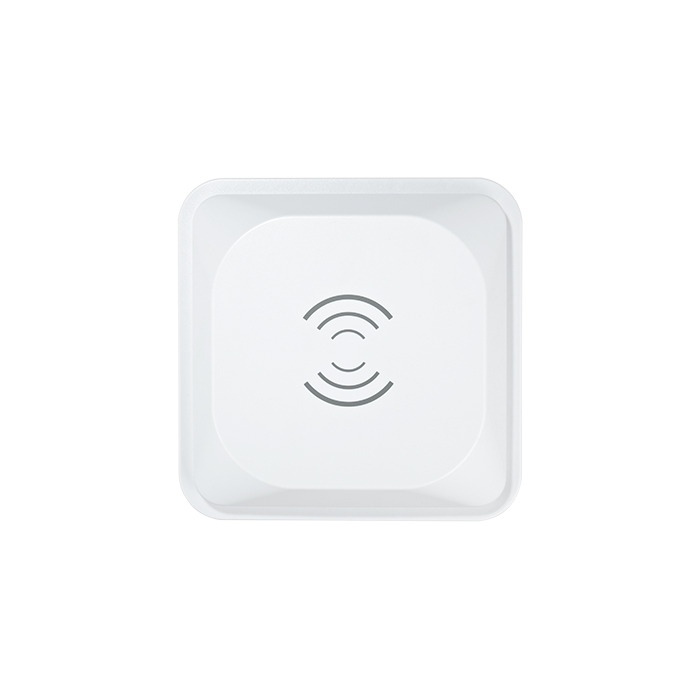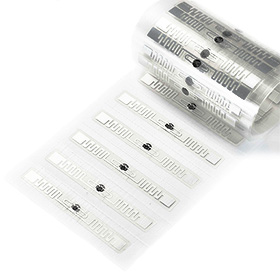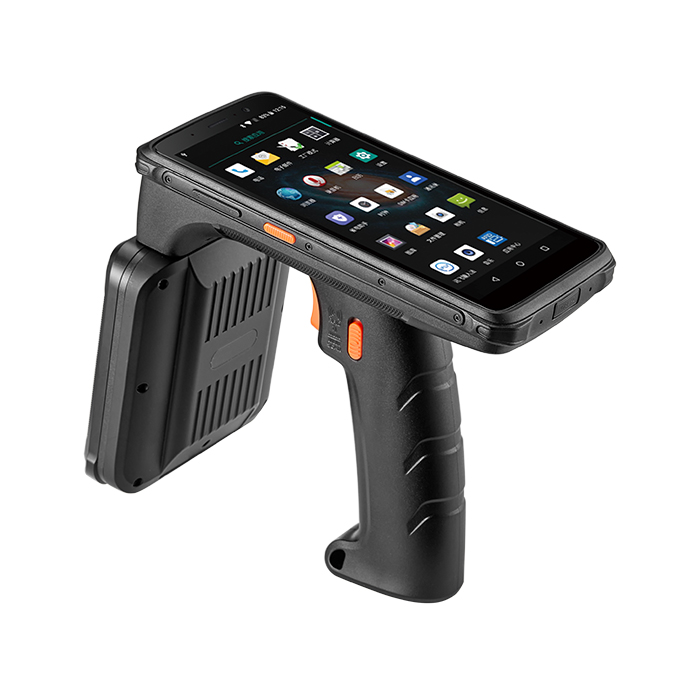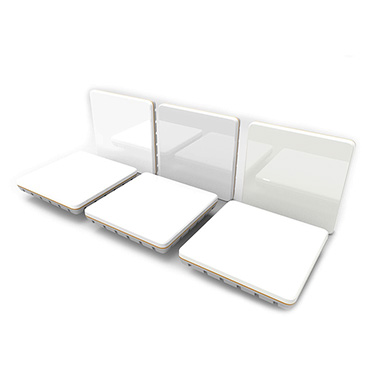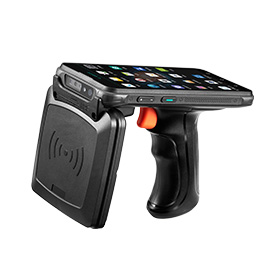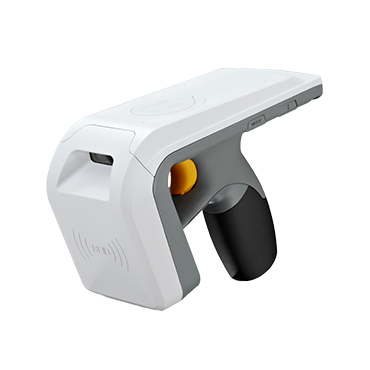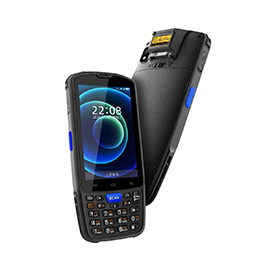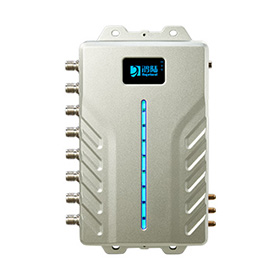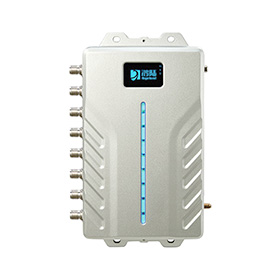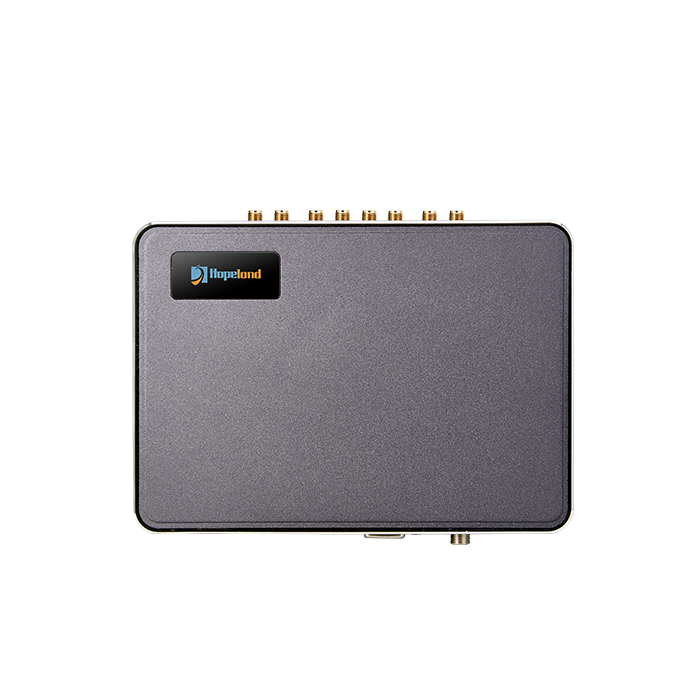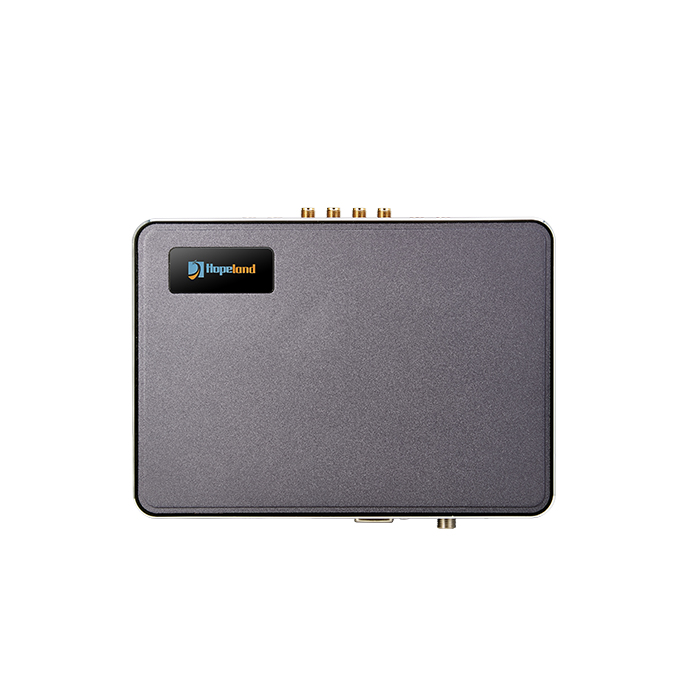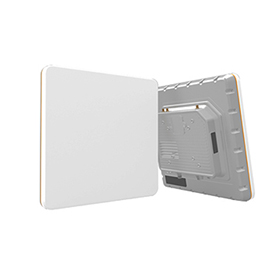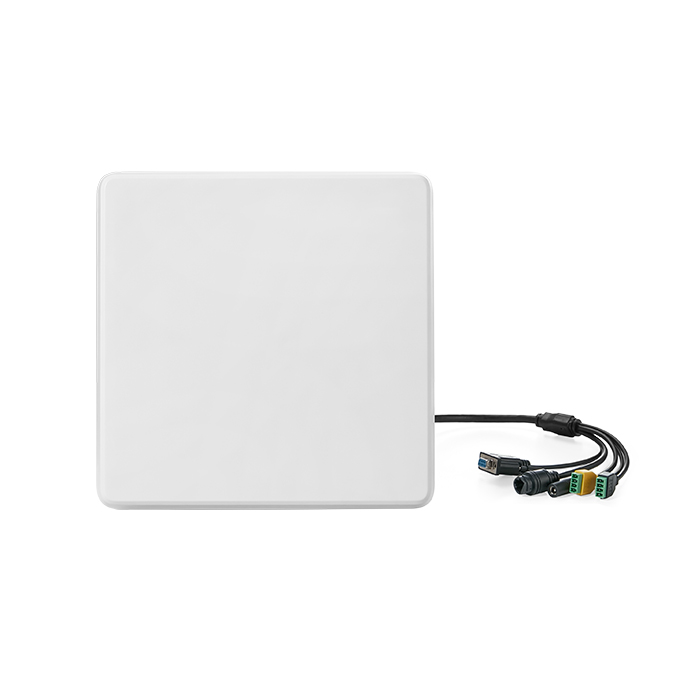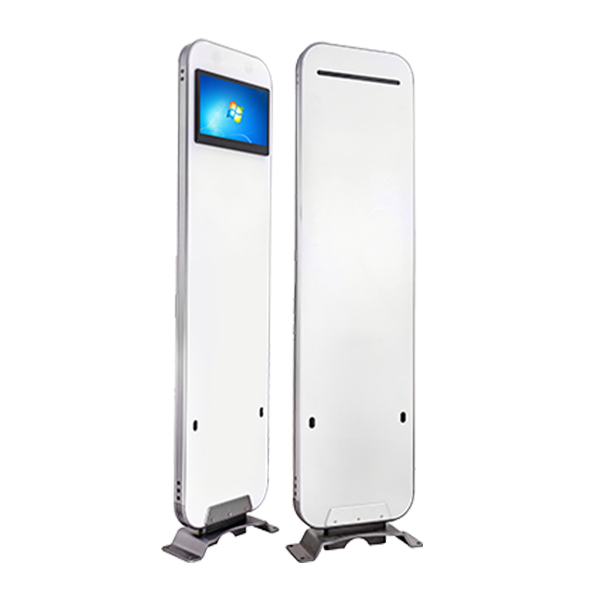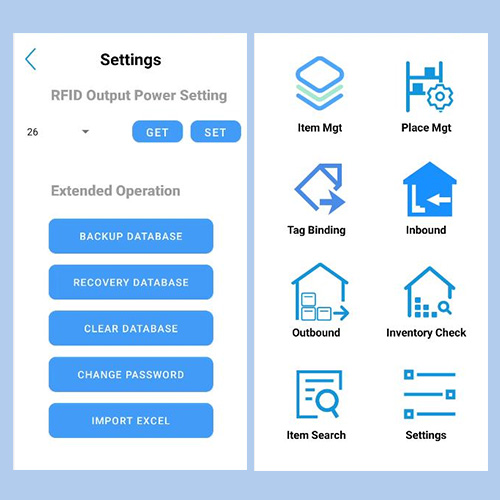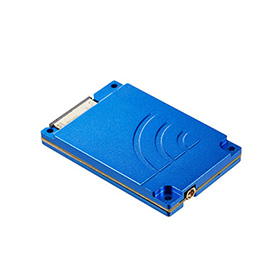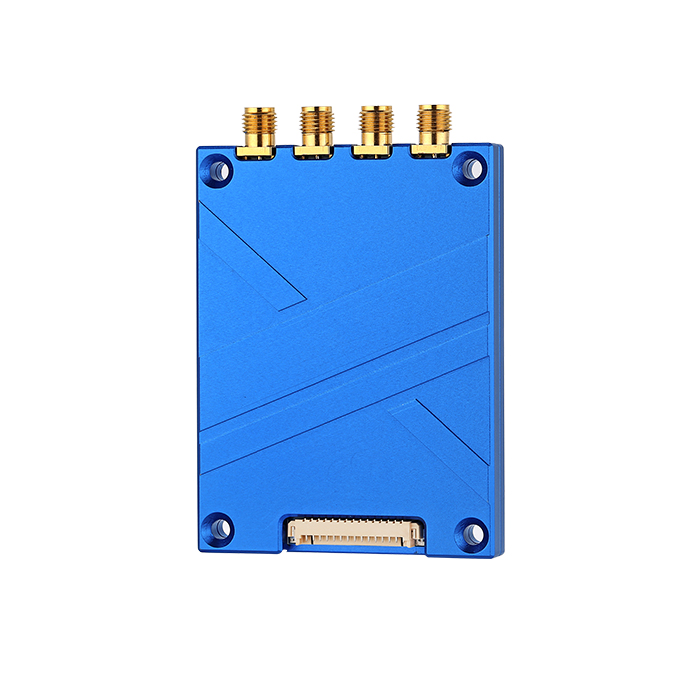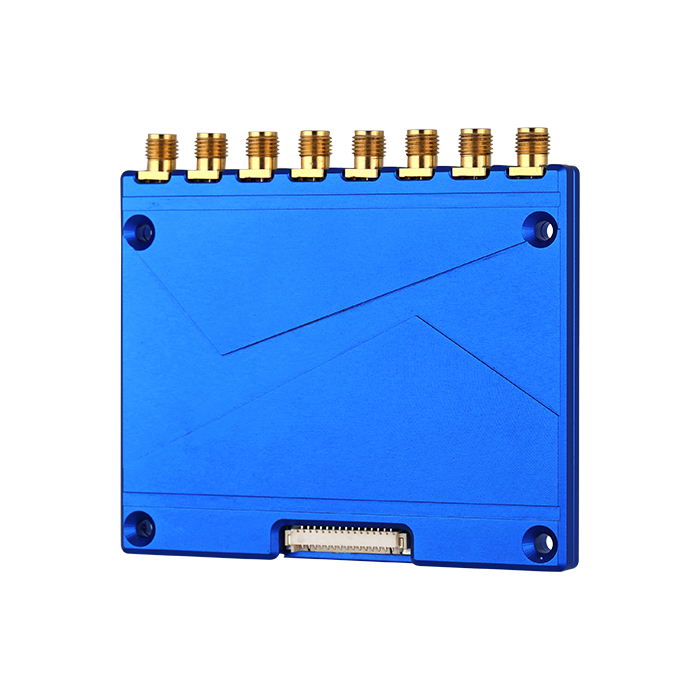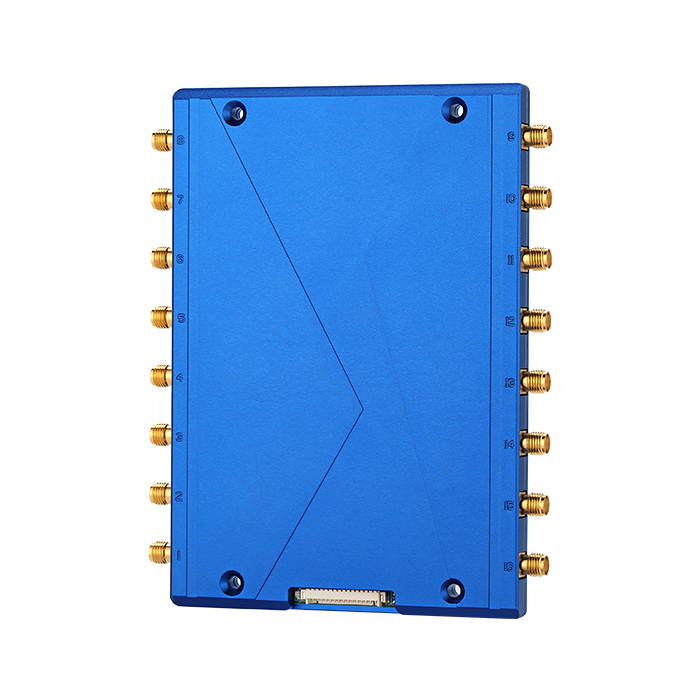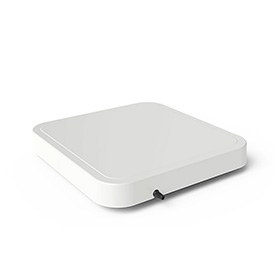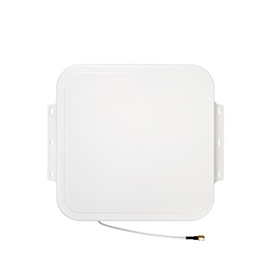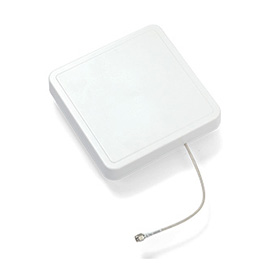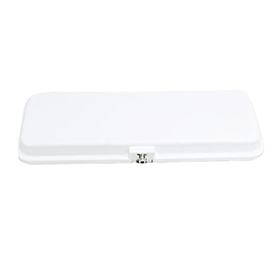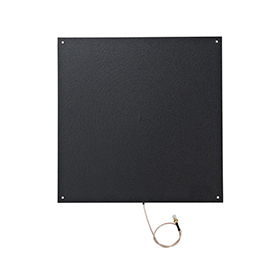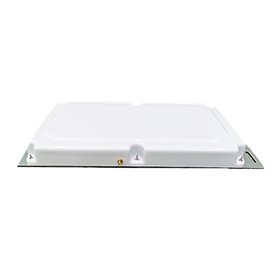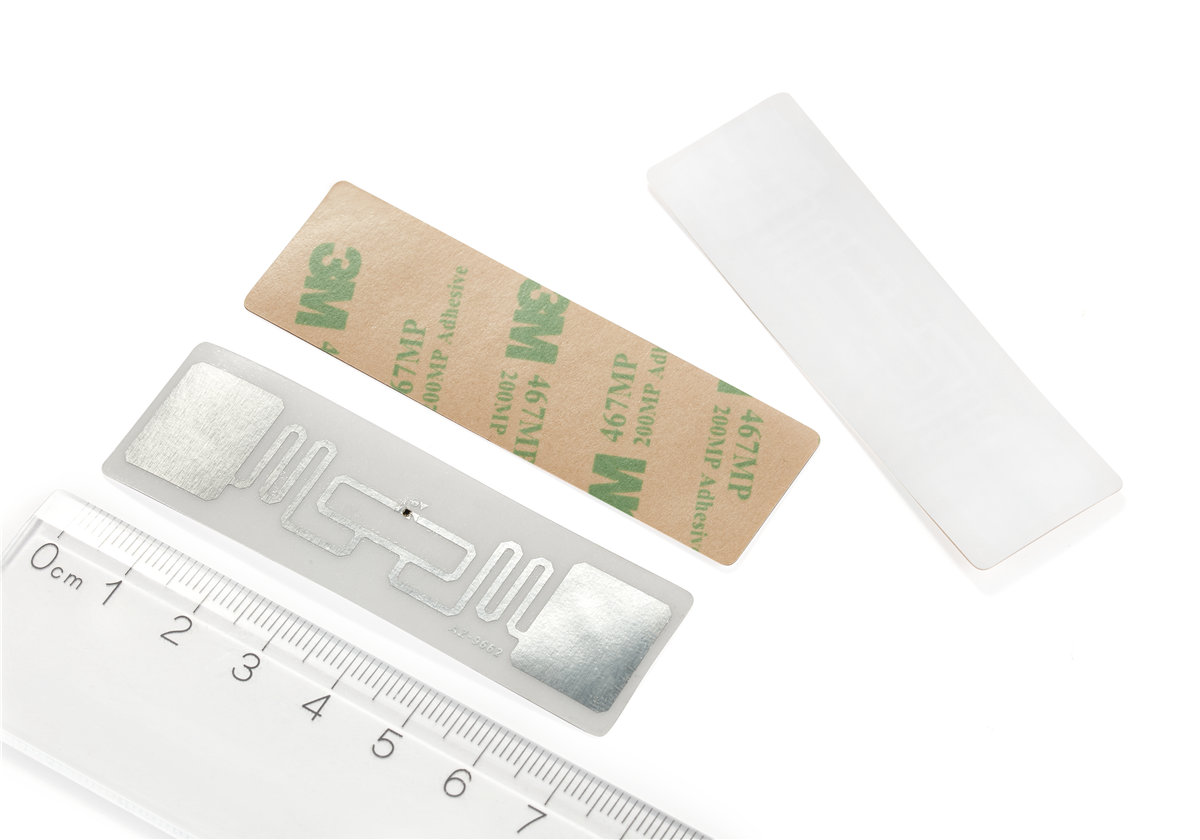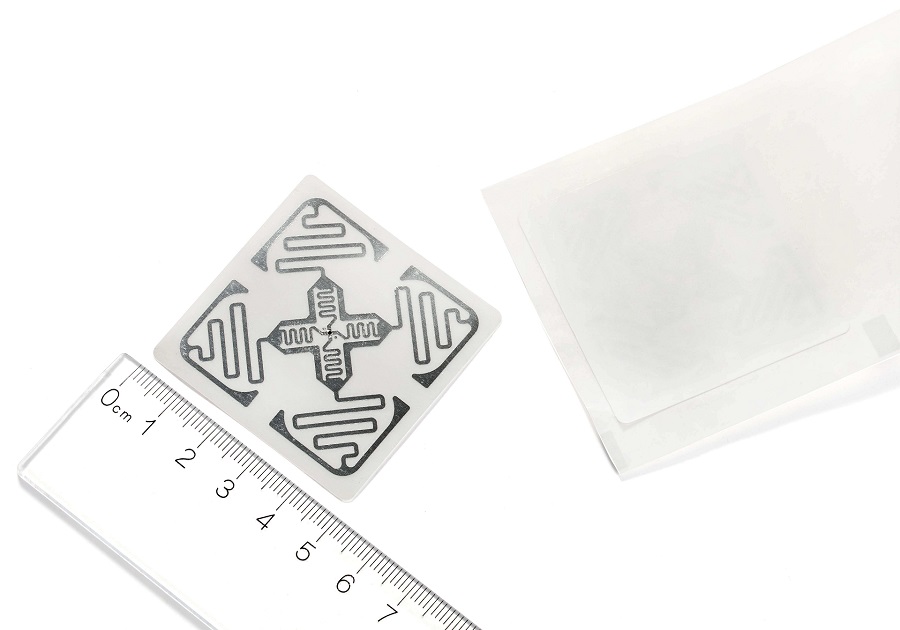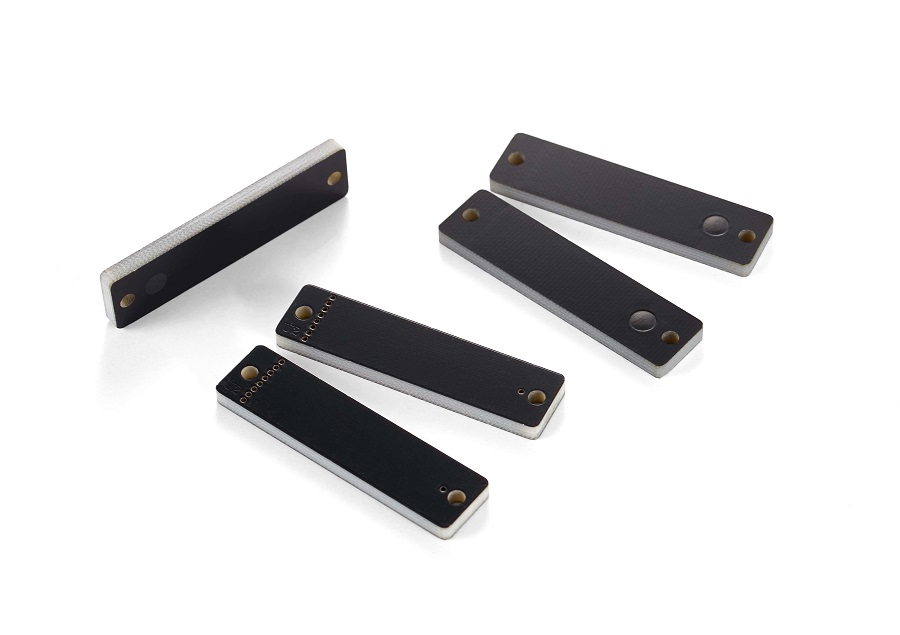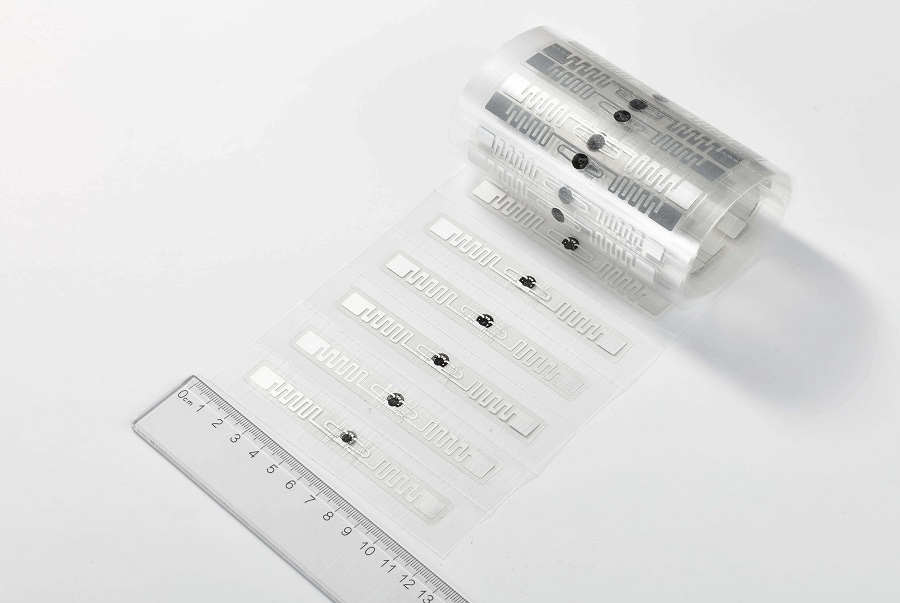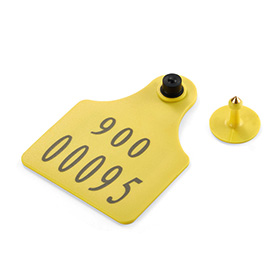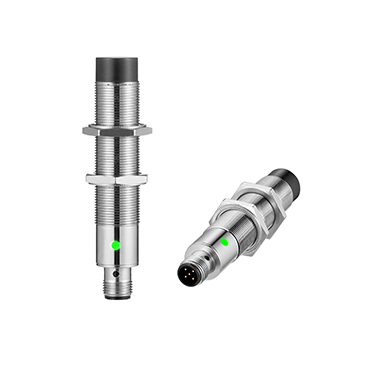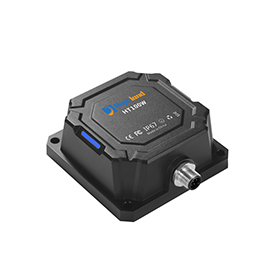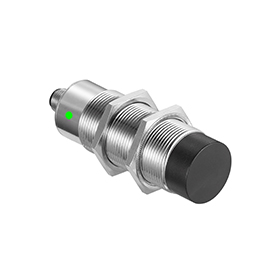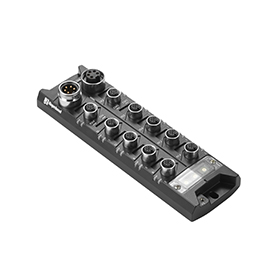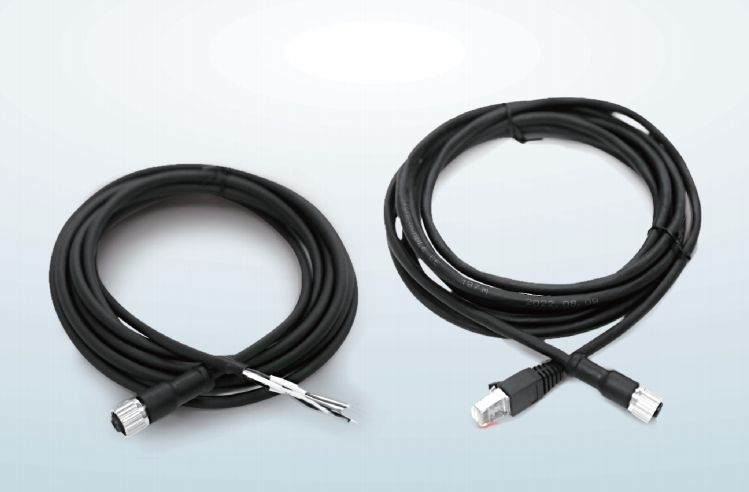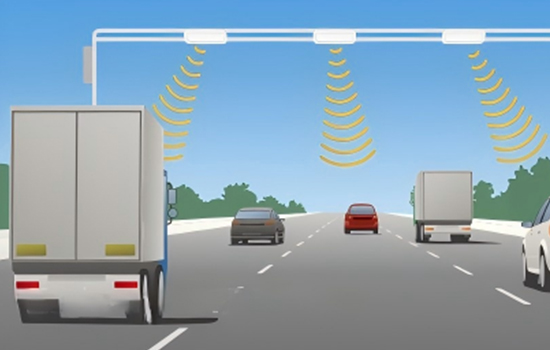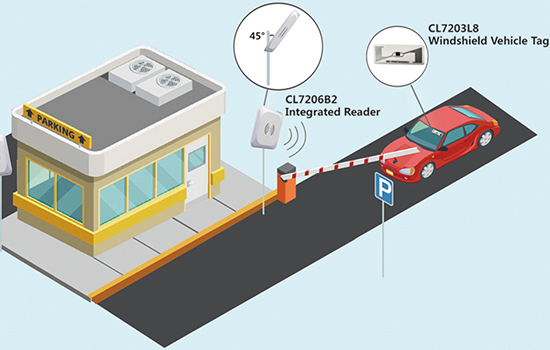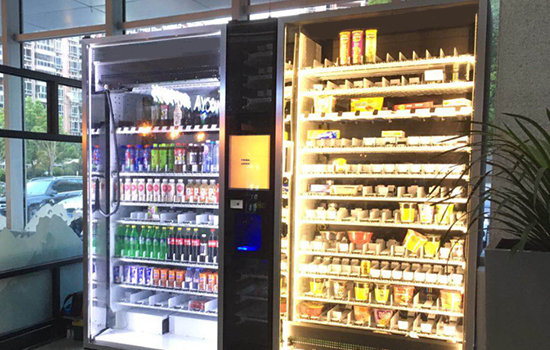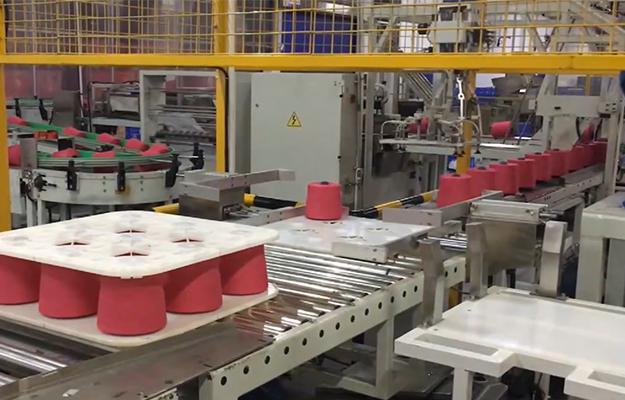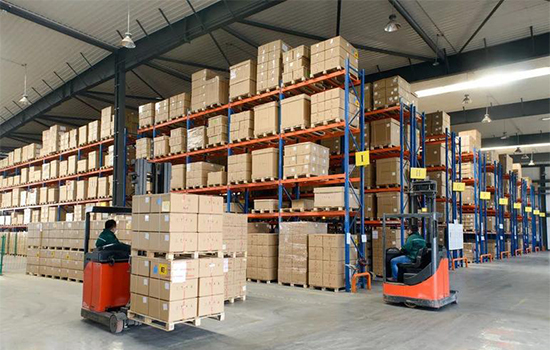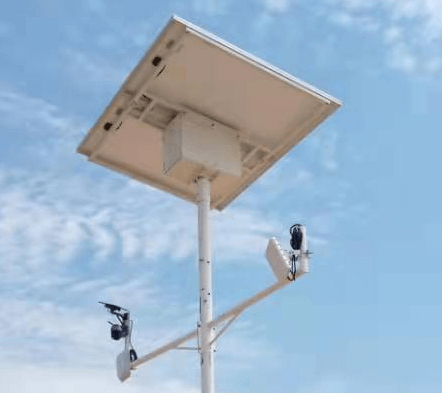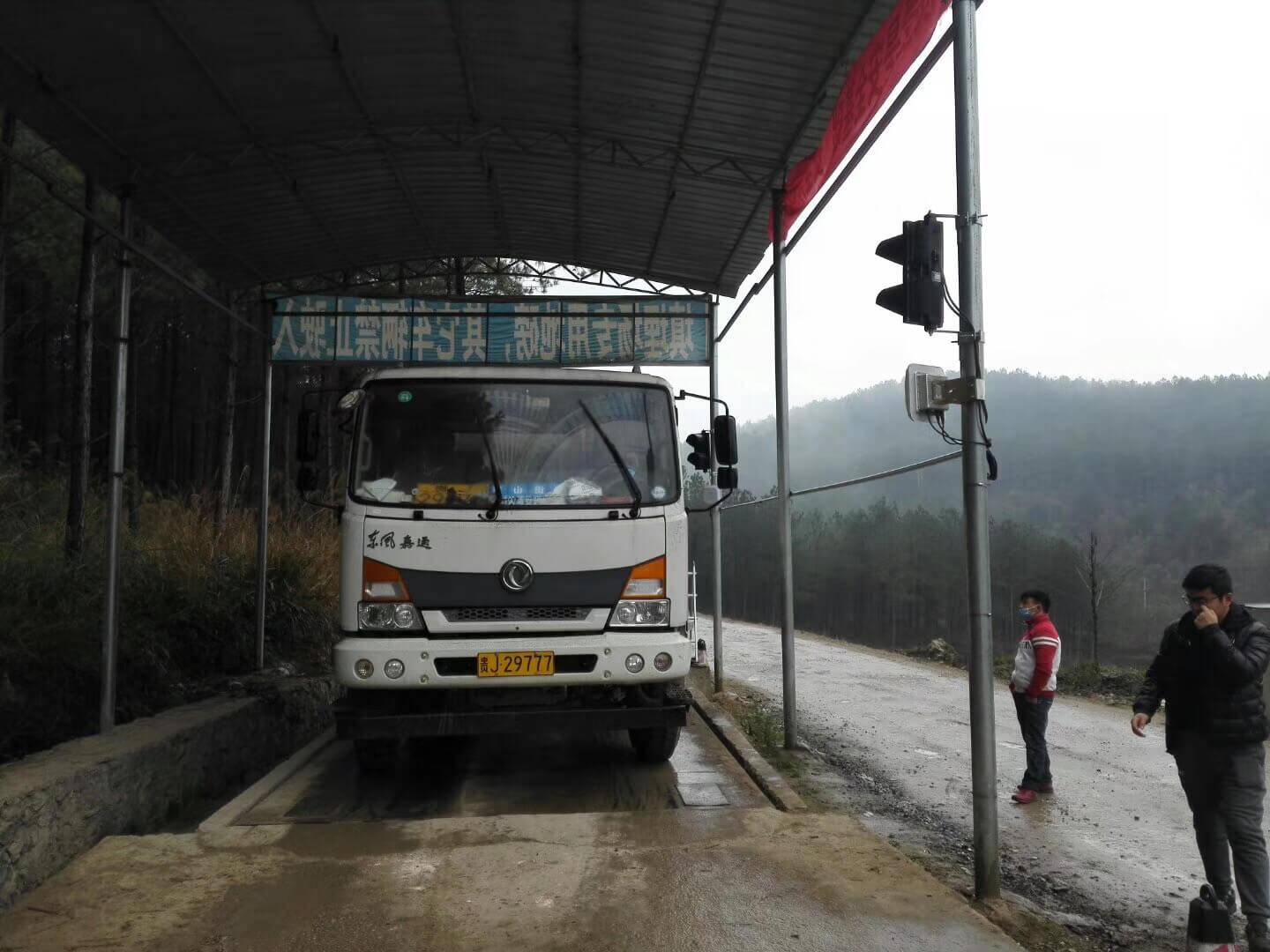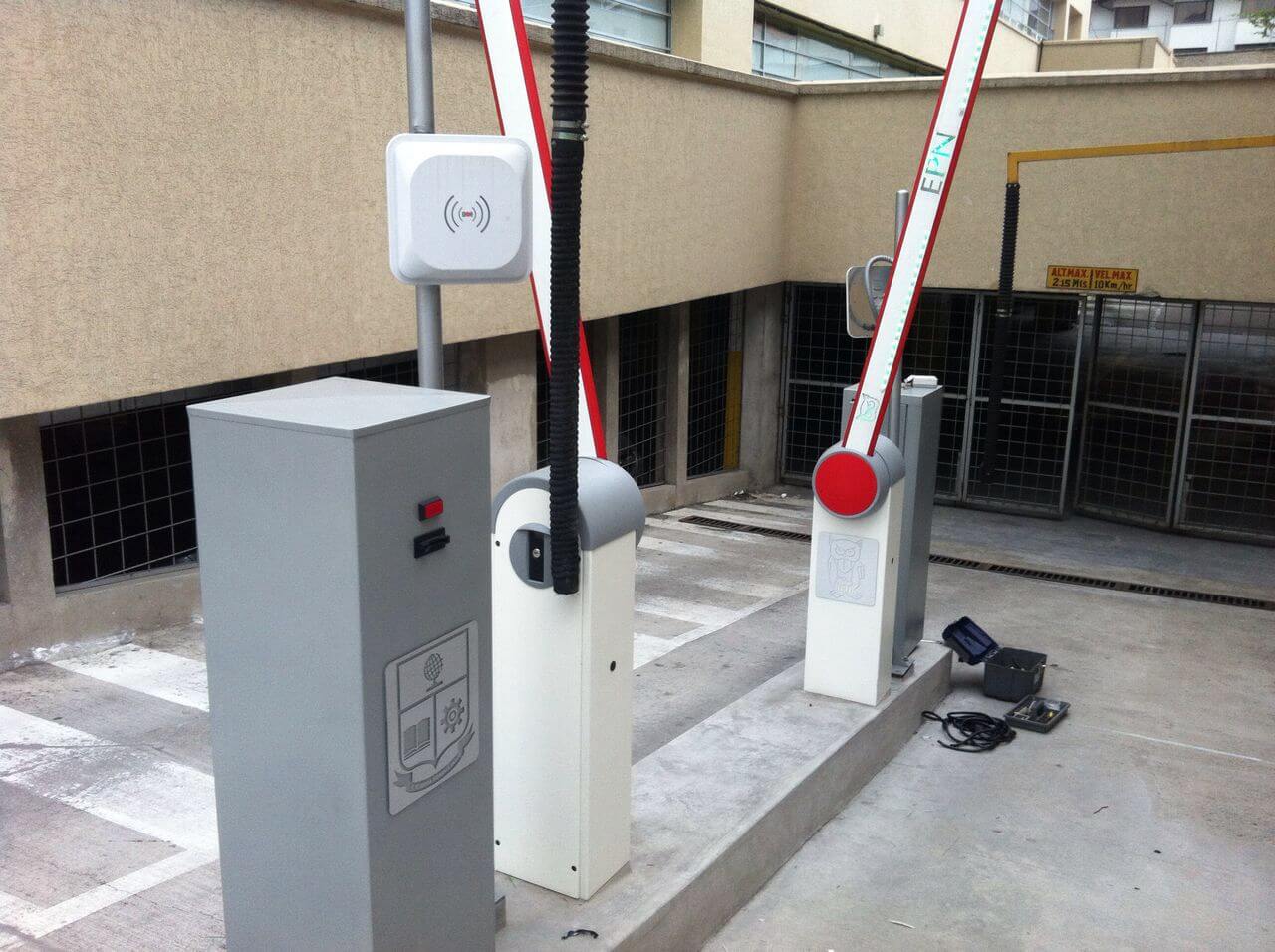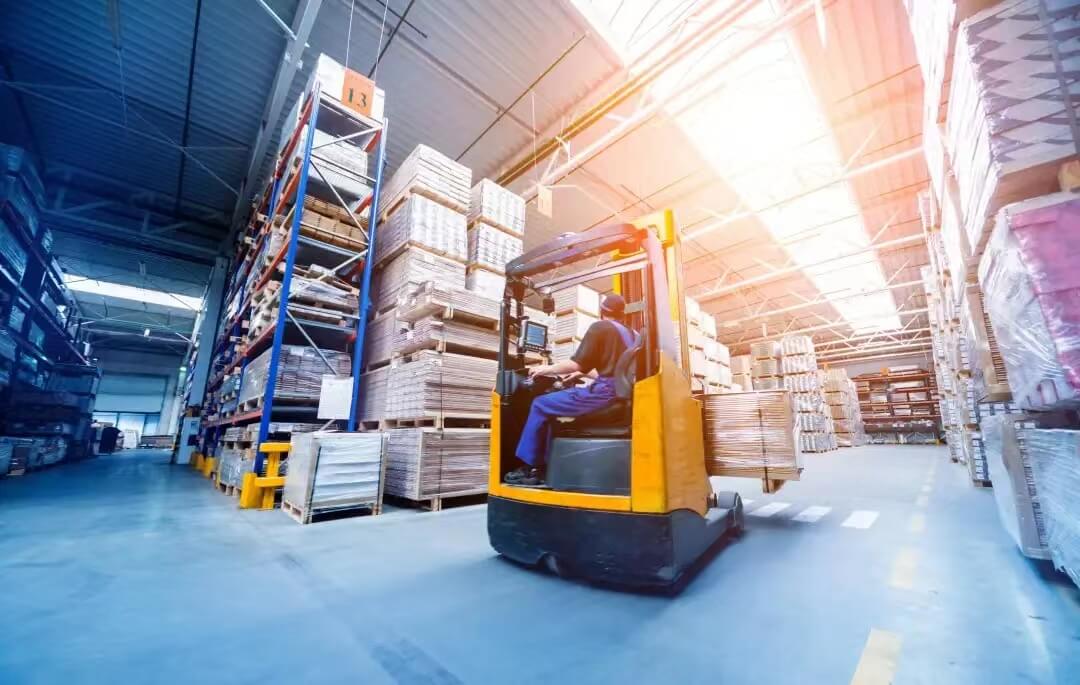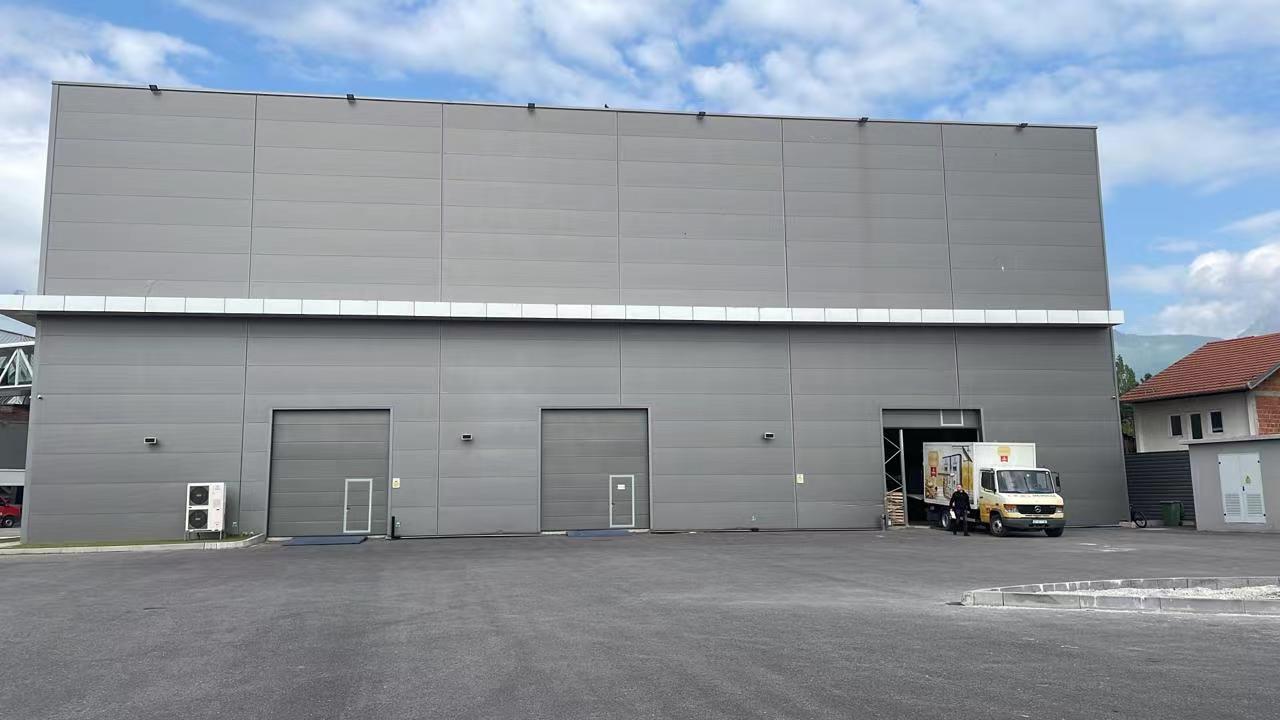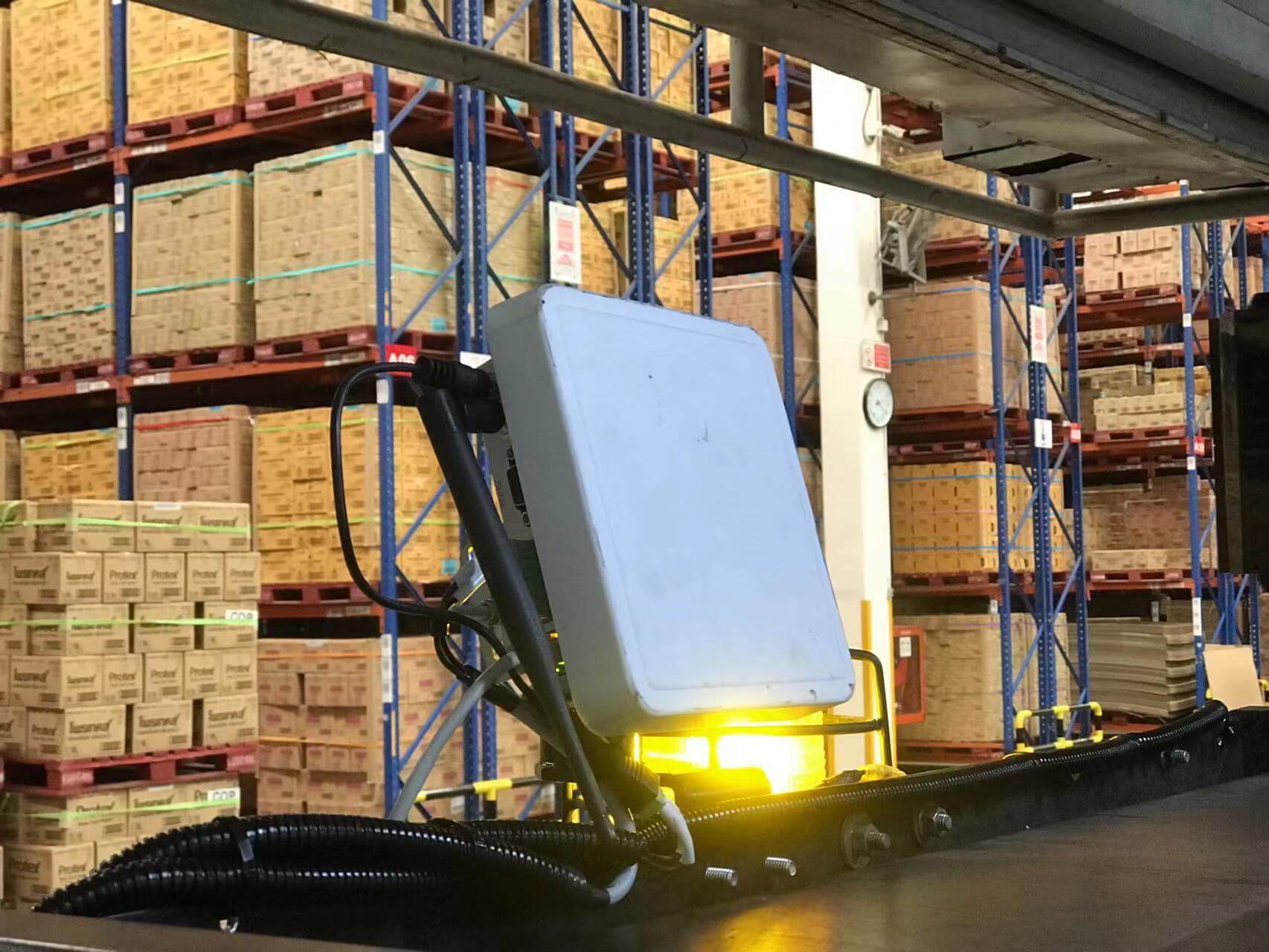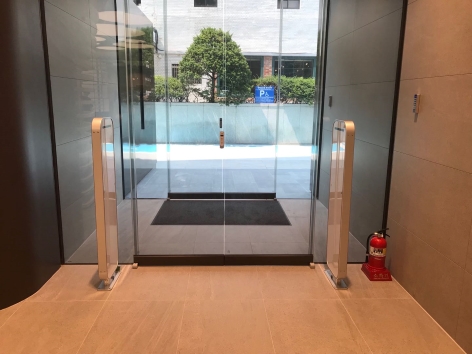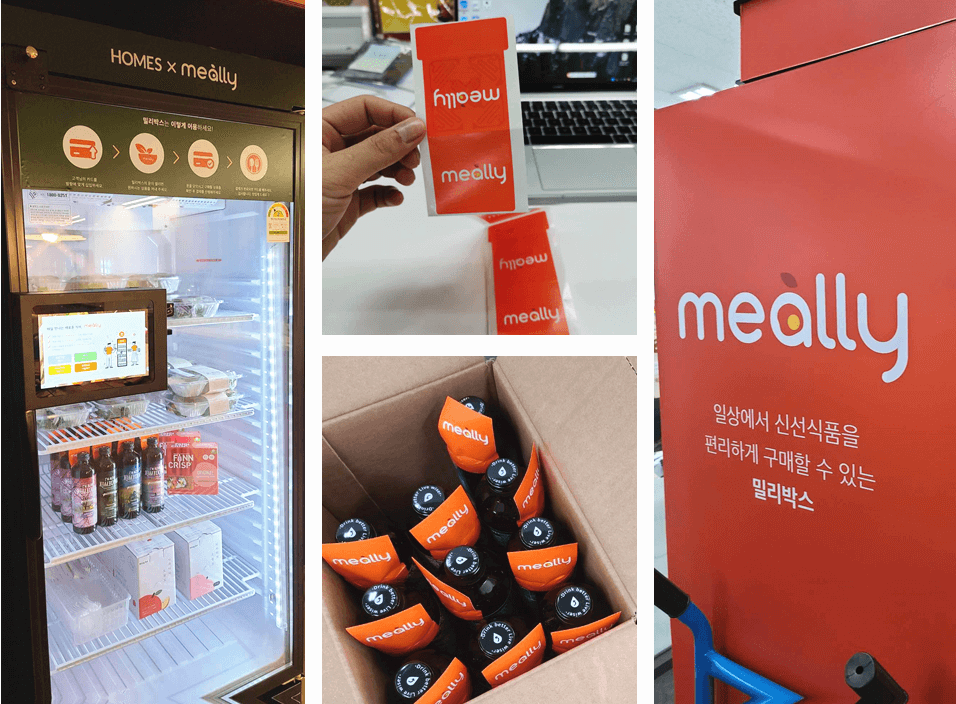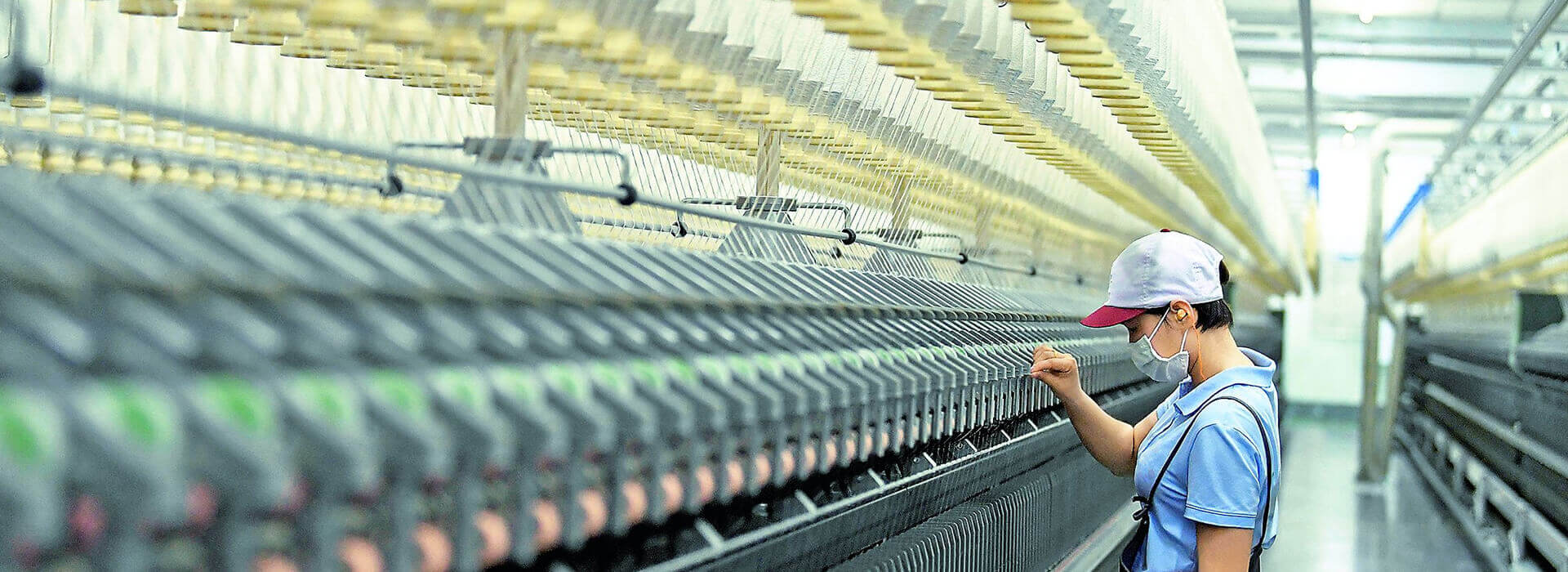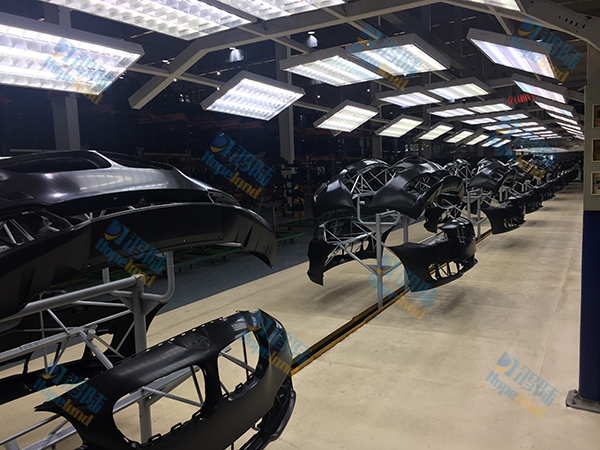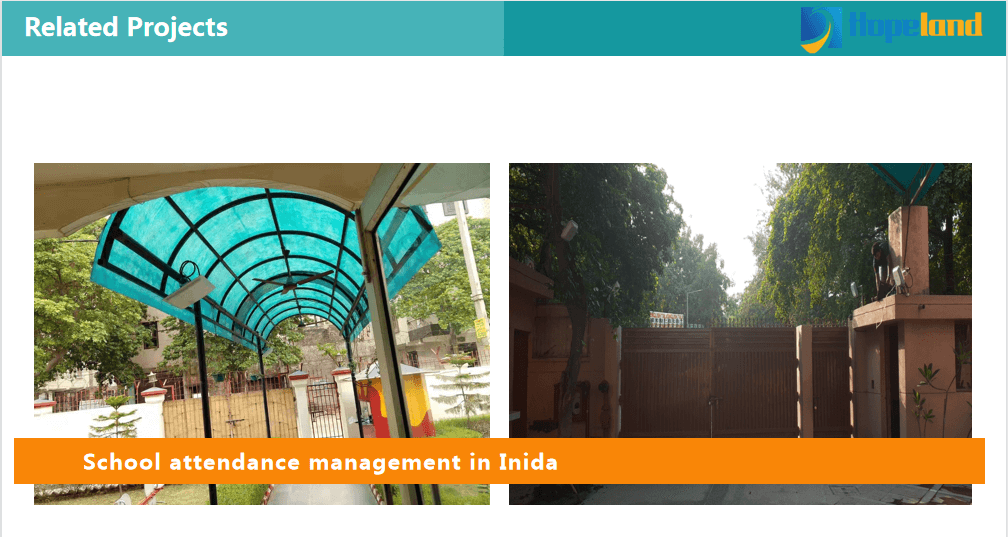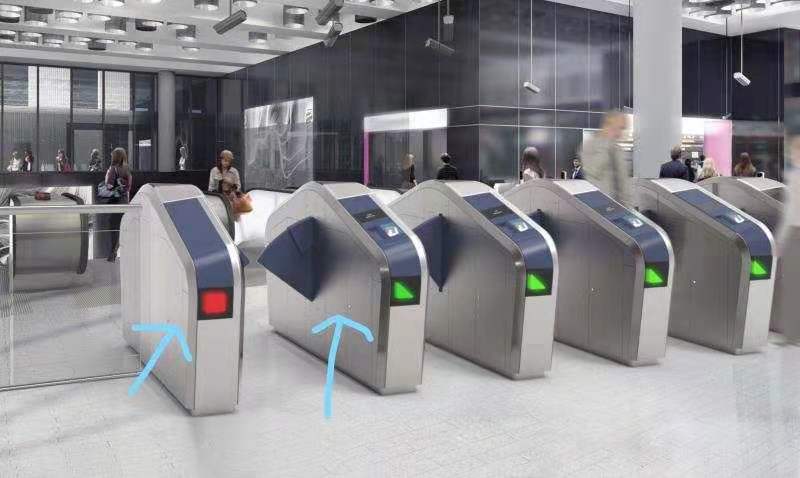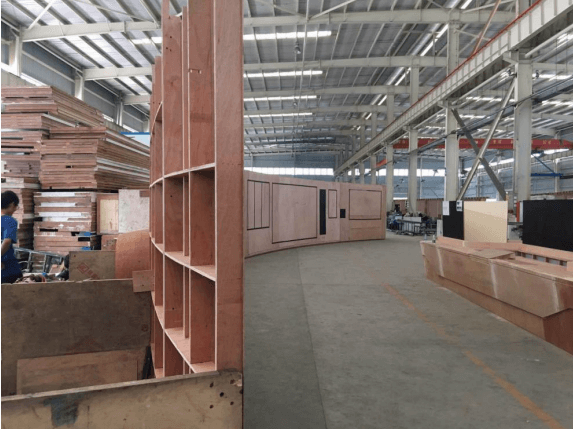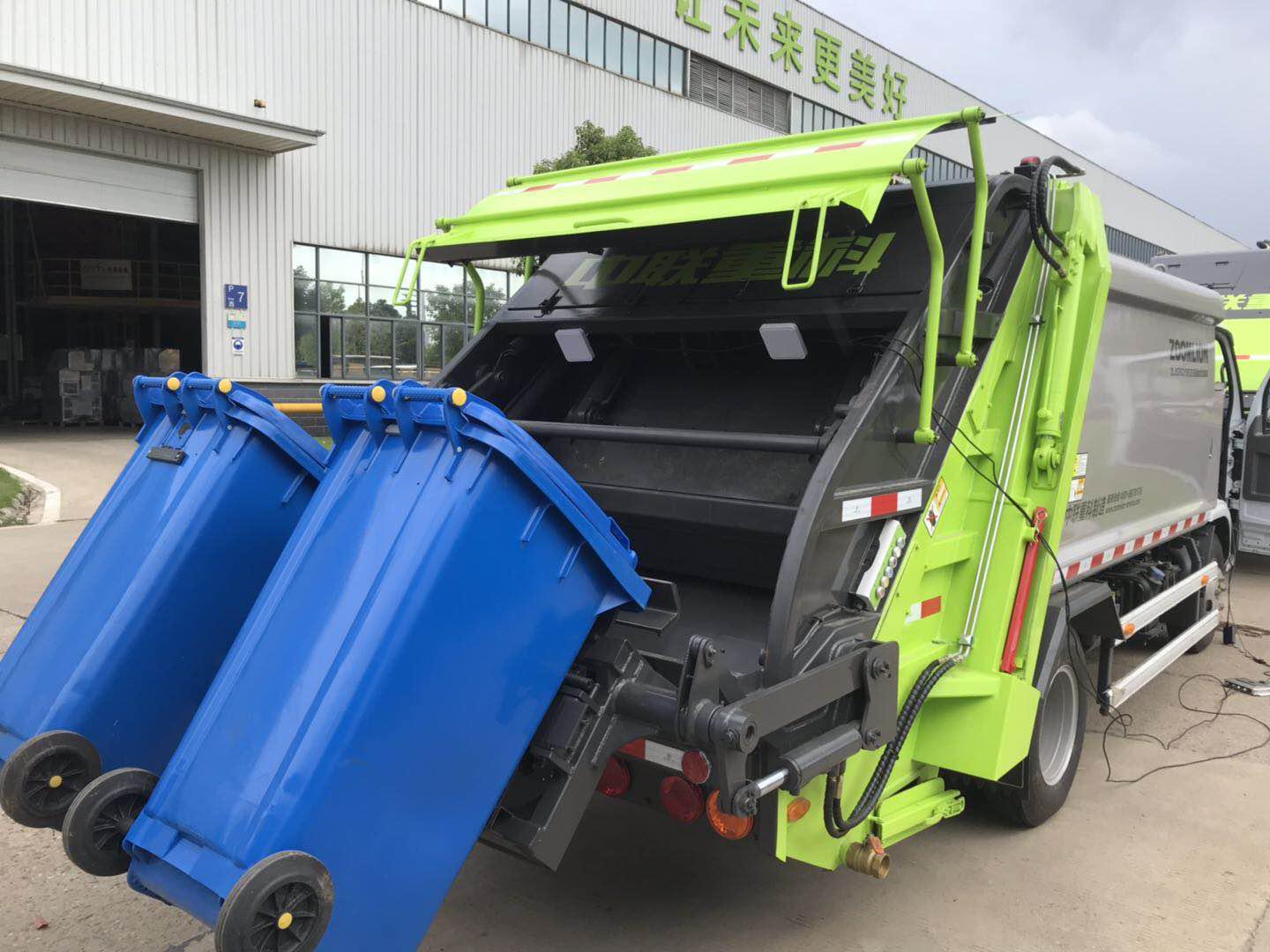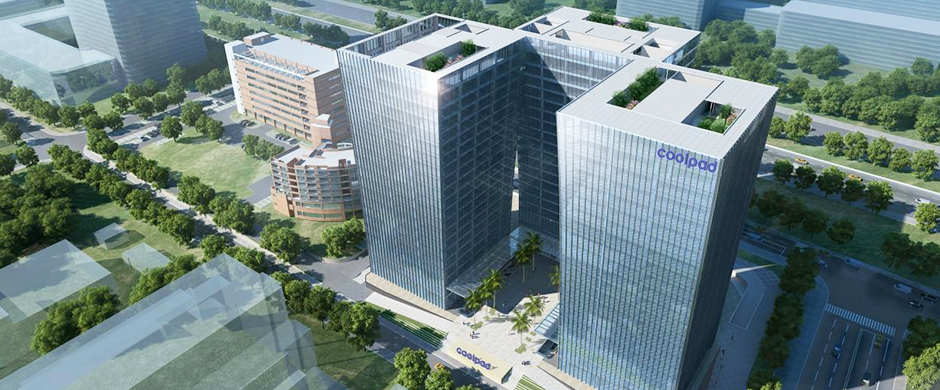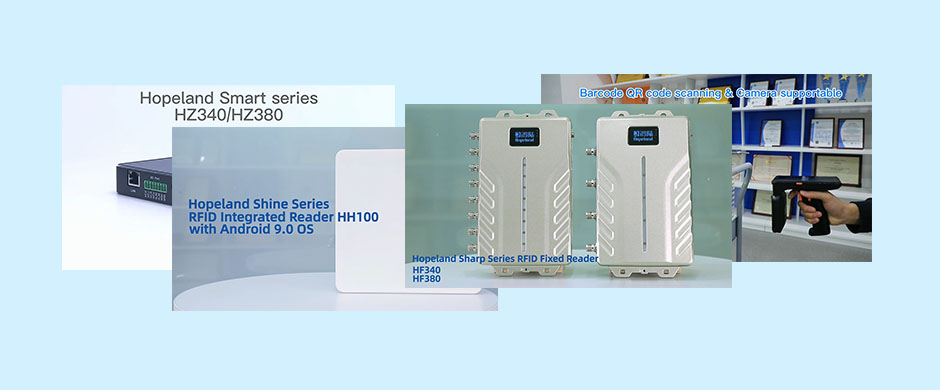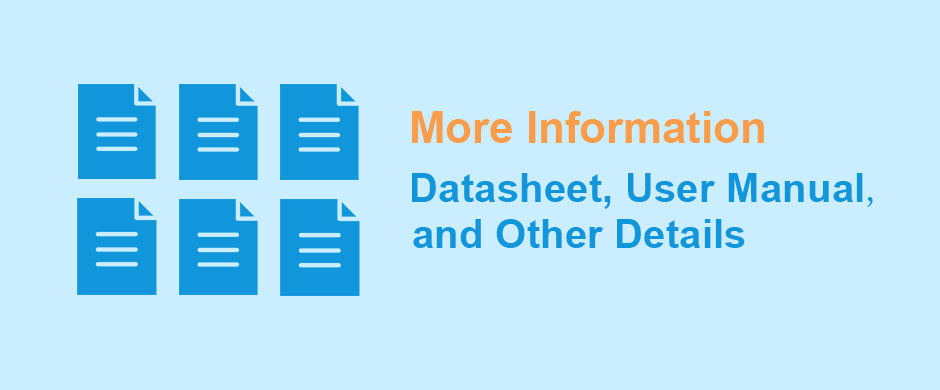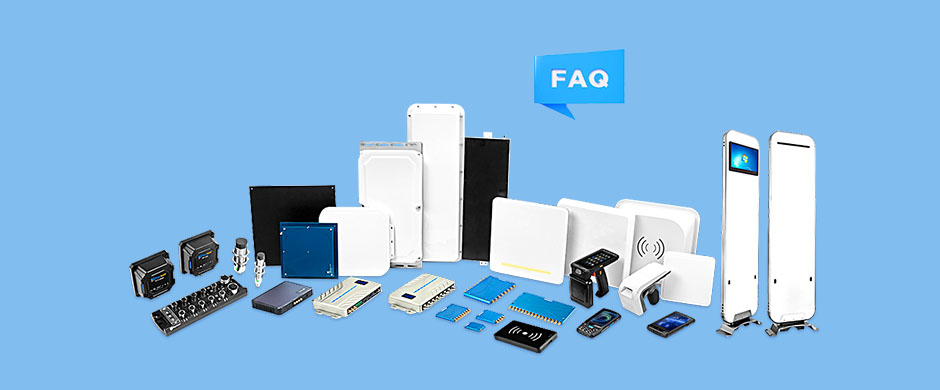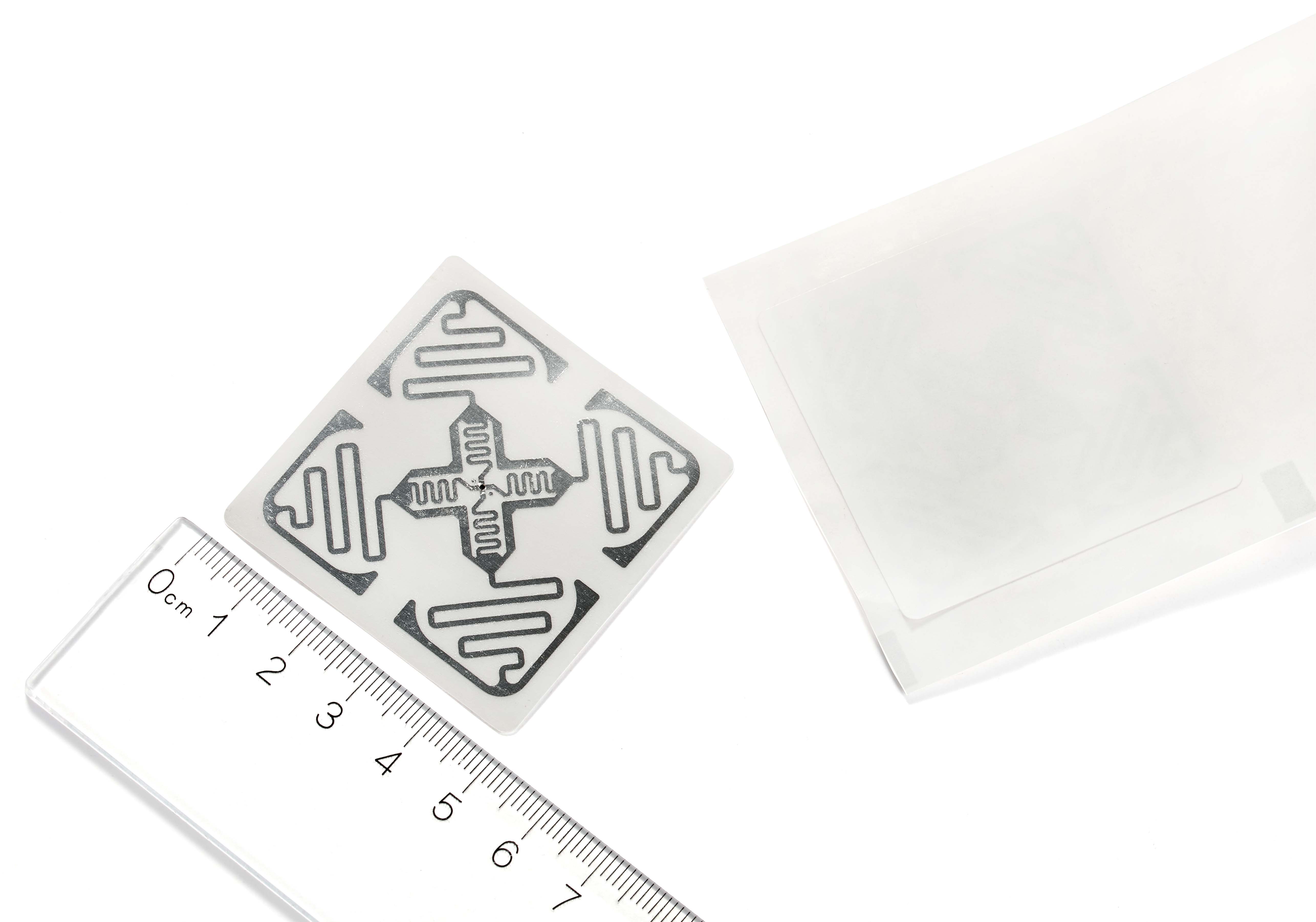
CL7203L-H47
Features
-
 Gen2 RFID sticker/label, max reading distance up to 15m.
Gen2 RFID sticker/label, max reading distance up to 15m. -
 Common applications: Assets management, library documents management, equipment management etc.
Common applications: Assets management, library documents management, equipment management etc. -
 Air Protocols: ISO/IEC 18000-6C EPC Global GEN2 Class1
Air Protocols: ISO/IEC 18000-6C EPC Global GEN2 Class1 -
 Frequency: 902-928MHZ ; 866-868MHZ
Frequency: 902-928MHZ ; 866-868MHZ
Highlights
well-suited for scenarios requiring frequent inventory checks and traceability, like logistics, retail, library archives, and medical supplies management.
well-suited for scenarios requiring frequent inventory checks and traceability, like logistics, retail, library archives, and medical supplies management.
Specifications
-
Performance parameter
Frequency: 860-960MHz Protocol: ISO/IEC 18000-6C EPC global GEN2 Class1
Chip: M4QT Reading range: 8-15m Writing range: 0-3.5m Working mode: Passive Data storge: >10years Rewriting: >100000times EPC area 128 bits TID area 48 bits User memory area 0 bit Password area 0 bit -
Physical parameter
Size: 50mm×50mm×0.3mm Housing Material: coated paper or PET Weight: 1.5g/pc Package: 1000-3000pcs/roll Installing: self-adhesive Working temperature: -25℃~70℃ EPC area: 128bits TID area: 48bits User area: 512bits
Applications
Warehousing & Logistics
Smart Warehousing
Modern warehouse storage is not only to complete the simple batch processing of goods in and out, but also to make clear database records of the types, quantities, production attributes, stacking positions and other information of goods in the warehouse. In order to obtain accurate product data and supply chain information at all stages of the logistics chain.
At present, the one-dimensional barcode/two-dimensional barcode identification technology has been widely used in the management of item classification and labeling. However, its barcode technology relies on visible light scanning reflection, has low recognition rate, is easy to break, contaminates, is sensitive to media such as water and oil, and stores a limited amount of information, which affects its application in large-scale logistics management.
RFID radio frequency identification technology is a typical representative of automatic identification technology. It has high recognition accuracy, reliable performance, large amount of stored information, resistance to oil and sewage washing, etc. It is especially suitable for automatic identification requirements in industrial environments. The use of RFID tags to replace barcodes and other identification products can effectively complete the automatic management of warehousing and realize automatic collection, automatic processing and information reporting of product information.
At present, the one-dimensional barcode/two-dimensional barcode identification technology has been widely used in the management of item classification and labeling. However, its barcode technology relies on visible light scanning reflection, has low recognition rate, is easy to break, contaminates, is sensitive to media such as water and oil, and stores a limited amount of information, which affects its application in large-scale logistics management.
RFID radio frequency identification technology is a typical representative of automatic identification technology. It has high recognition accuracy, reliable performance, large amount of stored information, resistance to oil and sewage washing, etc. It is especially suitable for automatic identification requirements in industrial environments. The use of RFID tags to replace barcodes and other identification products can effectively complete the automatic management of warehousing and realize automatic collection, automatic processing and information reporting of product information.
View Details
Smart Retail
Smart Retail Store
Pain points in traditional retail stores
Operating aspects:
The operating costs of common convenience stores continue to rise
The cost of rent
convenience stores and merchants are more and more concerned with the capital. But the store resources are relatively scarce, and the pressure on the rising cost of rent will continue to exist in the future.
Labor costs
The decline of the working age workforce increases the labor cost. The increase of convenience store staff mobility and the increase of personnel costs and management costs.
The cost of water and electricity
The relative area is larger and the water power consumption is more.
Consumer aspects:
Purchasing daily necessities is inconvenient and far away.
There is no 24-hour store in the evening, and difficult to meet any emergency.
Operating aspects:
The operating costs of common convenience stores continue to rise
The cost of rent
convenience stores and merchants are more and more concerned with the capital. But the store resources are relatively scarce, and the pressure on the rising cost of rent will continue to exist in the future.
Labor costs
The decline of the working age workforce increases the labor cost. The increase of convenience store staff mobility and the increase of personnel costs and management costs.
The cost of water and electricity
The relative area is larger and the water power consumption is more.
Consumer aspects:
Purchasing daily necessities is inconvenient and far away.
There is no 24-hour store in the evening, and difficult to meet any emergency.
View Details
Send A Message
Related Products
-
CL7203L8RFID Tag Sticker for Vehicle WindshieldRFID sticker/label fragile, especially designed for vehicle windshield, applications: ITS( Intelligent Transportation System), ETC(Electronic Toll Collection), vehicle management, parking management.Details
-
CL7203L1Global Class1 Gen2 Standard RFID Card CL7203L1Standard UHF RFID white card CL7203L1: Access control system, VIP card, e- Ticketing, assets management, parking system,library management, working station managemnet, etc..Details
-
CL7203H-TL7015UHF Textile Laundry Tag Label RFID tag RFID labelThe RFID tags enable uniform companies, hospitality organizations, commercial cleaners, and medical facilities, woven RFID tags for ordinary linen, clothing, pillowcases, etc. It is specially designed to track the health textiles in the harsh environment of the entire laundry industry.Details
-
CL7203S-9522UHF Flexible Metal Label RFID tagThis is a most common and wide use RFID tag - paper label with adhesive, and usually used in fixed assest management, warehousing management, inventory control, medicine tracking and so on.Details


